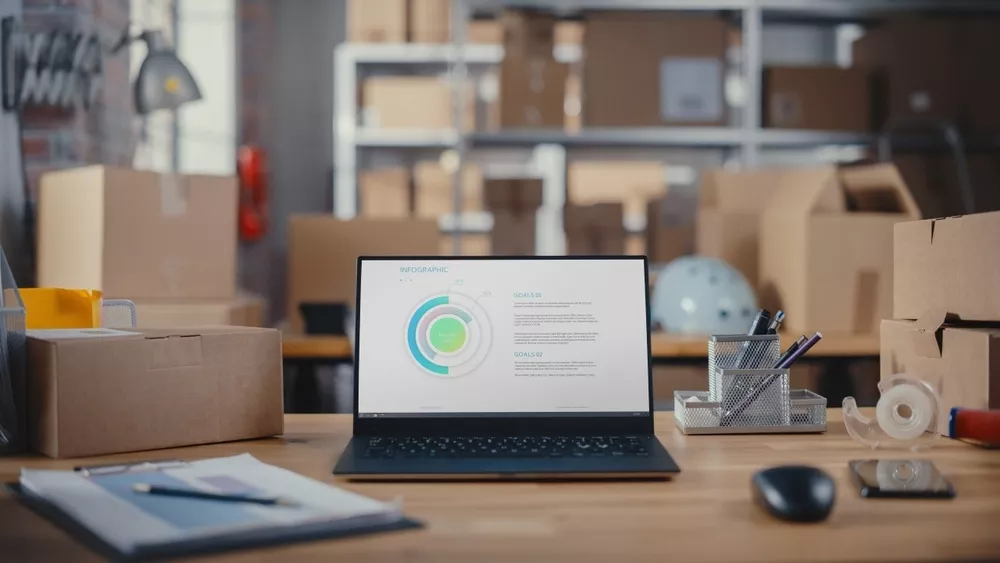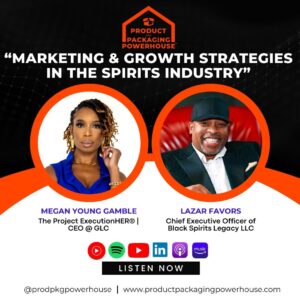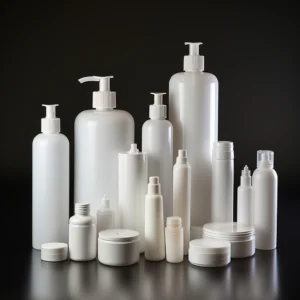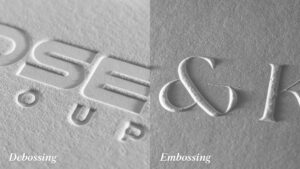In a world where consumers are more environmentally conscious than ever and regulations evolve at lightning speed, one thing is clear: packaging compliance is no longer optional—it’s essential. As businesses race to adapt to stricter laws, the real winners will be those who approach compliance proactively, not as a box to check, but as an opportunity to innovate.
In this second part of our October newsletter, we explore practical steps for ensuring compliance with packaging regulations.
*NOTE: the below resources are a comprehensive list, this is not all encompassing with ALL Resources.
1. Key Areas of Compliance
Staying compliant involves adhering to various standards such as:
- Material Restrictions: Many countries are imposing restrictions on non-recyclable and hazardous materials in packaging. For example, In the US, California’s SB 54 demands a shift towards recyclable or compostable materials, affecting all brands distributing in the state. The EU has stringent guidelines under the Single-Use Plastics Directive that restrict certain plastics. Brands should proactively source alternative materials, such as plant-based or biodegradable plastics, to stay compliant.
- Labeling Requirements: Clear and legally compliant labels are essential. Whether it’s listing ingredients, health warnings, or recyclability instructions, businesses need to ensure their labels align with regulations. For instance, the Fair Packaging and Labeling Act (FPLA) in the US mandates that product labeling be clear and transparent. Beyond regulatory requirements, consider incorporating QR codes or smart labels to provide consumers with extra information on the sustainability of the packaging.
- Design and Sustainability Standards: Designing for sustainability is becoming a key part of compliance. The shift to eco-friendly packaging designs isn’t just about reducing plastic; it’s about rethinking entire supply chains. Incorporating circular design principles—such as design for disassembly or reusability—can help meet Extended Producer Responsibility (EPR) regulations, which are increasingly enforced across Europe and North America.
2. Steps to Ensure Packaging Compliance
- Conduct a Regulatory Audit: Regular audits ensure that your packaging remains compliant amidst shifting regulations. These audits should review materials, labeling, and design practices. Engaging third-party auditors or consultants who specialize in packaging regulations can provide a clear roadmap to compliance. Get intouch with experts such as Get Level Consulting and Ariana Farina to meet your regulatory needs.
- Update Packaging Designs: Don’t wait until non-compliance becomes an issue. Regularly update your packaging designs to align with evolving standards, such as the requirements under EPR guidelines, which place greater responsibility on manufacturers for the end-of-life management of their products.
- Implement Sustainable Practices: With regulations like SB 54 in California focusing on plastic reduction, businesses should explore alternative materials such as recycled content, compostable films, and lightweight designs to reduce waste. Partnering with suppliers who offer innovative, eco-friendly materials will further ensure compliance with local and international regulations.
- Certifications Matter: Certifications not only demonstrate compliance but also signal to consumers that your brand is committed to sustainable practices. Ocean Bound Plastic Certification, for instance, highlights your commitment to reducing plastic waste in marine environments, a growing concern for eco-conscious consumers and regulators alike.
3. Tools and Resources for Staying Compliant
Useful Websites: Staying updated is key. Regularly visit websites like FDA.gov and FTC.gov for updates on labeling, sustainability, and material regulations. Additionally, EU packaging legislation, available on europa.eu, is an excellent resource for companies distributing products internationally.
Leverage Industry Associations: Associations such as the Sustainable Packaging Coalition (SPC) , Ellen MacArthur Foundation and U.S. Plastics Pact provide cutting-edge resources, guidelines, and workshops for businesses aiming to stay compliant while innovating sustainably. SPC’s How2Recycle program, for instance, offers clear labeling standards that can simplify consumer recycling efforts while ensuring your packaging meets regulatory requirements.
Collaboration with Regulatory Experts: Engaging legal experts and regulatory consultants is a must to navigate the complexities of packaging regulations. These professionals can offer insights into emerging laws and help preempt costly missteps. Partnering with organizations like EPR consultants can ensure your packaging is designed with both compliance and efficiency in mind. My recommendations – in Beauty Industry: Steinberg & Associates and Ariana Grande


Megan Young Gamble, PMP® is a forward-thinking packaging and project management veteran with more than 10 years’ of experience transforming mere ideas into consumer product goods for today’s leading beauty, wellness, and personal care brands. Known amongst colleagues and clients for her perseverance and “see it through” mentality, Megan The Project ExecutionHER® is the owner and principal consultant of GLC, packaging & project execution team for CPG brands, Co-Owner of Pallet Pros, and Host of Product & Packaging Powerhouse Podcast.
- [FREEBIE] Learn about “day in the life” of a Packaging Project Manager → Get our “Starter Packaging PM Freebie” [link] https://glc.ck.page/thestarterpackagingprojectmanager
- Subscribe & Access our Video Vault YouTube Channel [ link] https://bit.ly/GLConYouTube
- Join our Email List [link] https://glc.ck.page/55128ae04b
- Follow and Connect with Megan on LinkedIn [link] https://linkedin.com/in/megangamble
- Learn about GLC, Packaging & Project execution firm for CPG brands http://www.getlevelconsulting.com
- Work with Me @ GLC, Schedule Discovery Call https://calendly.com/getlevelconsulting/15-minute-insight-session






